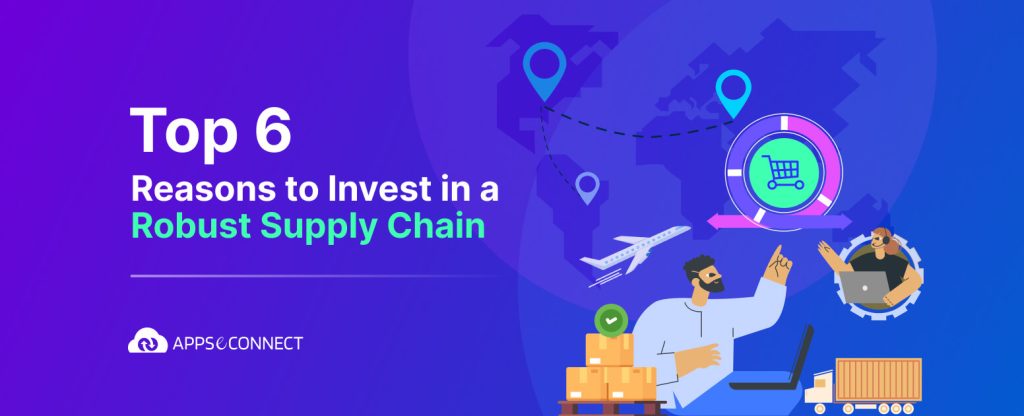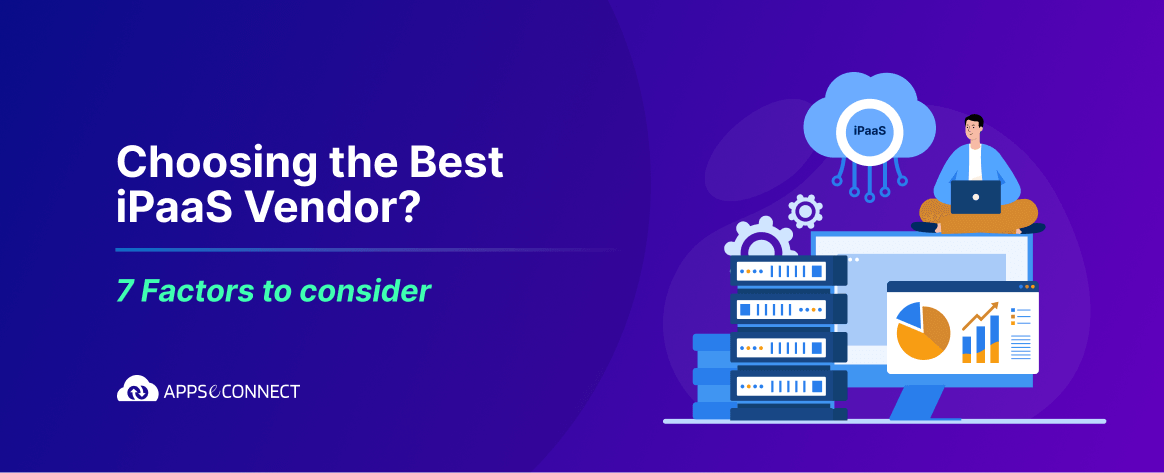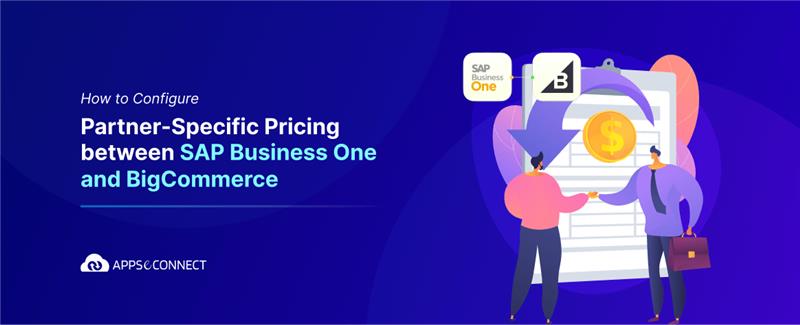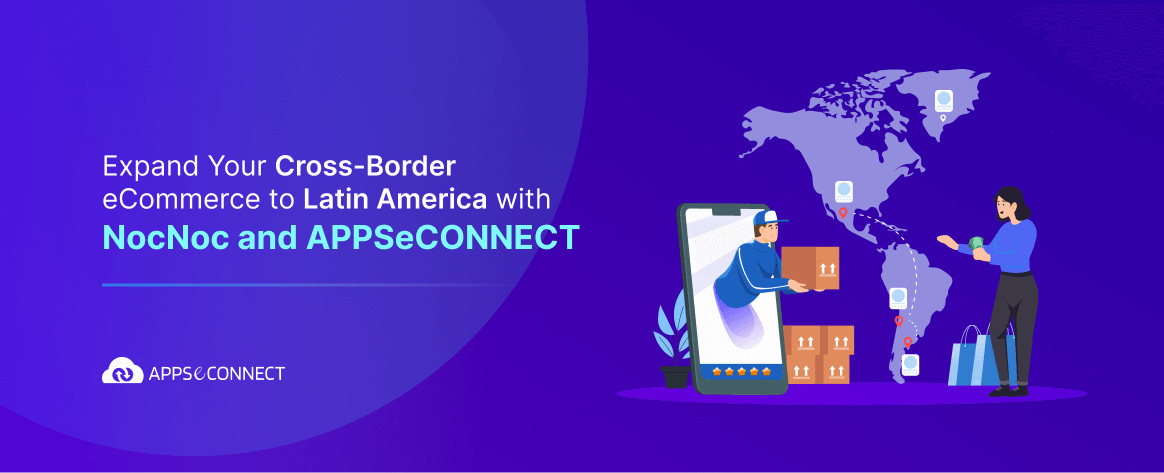In the pandemic aftermath, organizations have quickly come to realize the importance of establishing a resilient supply chain and the need to adapt to volatile market scenarios, especially for those operating in the online sector. Customers also, nowadays, not only desire but demand their order deliveries to mirror the experience and efficiency of Amazon.
However, it is important to note that elevating customer satisfaction is only one of the many reasons why a company might want to re-evaluate its supply chain strategies and transform its logistics. Organizations have also recognized the areas where a robust supply chain might contribute – operational stability, cost efficiency, risk mitigation, etc.
Let us dive in and see why this holds such relevance in current market conditions.
What is a Supply Chain and What are its Major Components?
A Supply Chain is a network of interconnected individuals, entities and processes that are involved in the procurement, production and distribution of products from the suppliers to the consumers. It is a network that encompasses the entire journey of a product or service, from its initial creation to delivery to the end user. Every supplier acts as a link that moves the product along the chain of production to the next in line, from raw material suppliers to manufacturers to retailers. The primary objective of a strong supply chain is to optimize and streamline the flow of products and data throughout the entire organization, with the aim to achieve efficiency, reduce costs, improve product quality and meet the customer’s demands within time. Modern supply chains facilitate elevated living standards by allowing buyers to purchase desired products at a lower cost. This ensures that the products are available when they are needed, wherever they are needed, aiding businesses to maintain competitiveness in the global marketplace.
The integration of supply and demand requires a unique blend of operations, procurement, accounting, and production. The five basic components of supply chain management are:
- Planning – The supply chain process usually starts with planning – planning to equate the supply with the customer and manufacturing demand forecast based on data and analytics. Organizations need to understand and predict the upcoming requirements and strategize accordingly.
- Sourcing – Selecting and finalizing suppliers is a crucial component in building a strong supply chain. Maintaining healthy relationships with suppliers and vendors goes a long way when dealing with the retail industry. An efficient supply chain streamlines the operations related to ordering, receiving, payment authorization and inventory management.
- Manufacturing – The amalgamation of technology and creation is critical to production. At the heart of an efficient supply chain, sits the process of manufacturing that transforms raw materials into the final products by using labor or machinery. This final product is the true goal of the entire manufacturing process, however, not the final stage of building a strong supply chain.
- Delivering – Getting the products into the hands of the customers is perhaps the most important aspect of a supply chain. Once the sales are finalized, the organization must employ proven logistics solutions that help them deliver to their customer globally, in time, and in the most cost-effective way possible. This also means that the organizations might want to evaluate multiple distribution methods that work for them and use any one of them as back should one method of distribution be temporarily unavailable.
- Returning – The supply chain process concludes with the option for customers to reach out to the support staff for product returns. Efficient supply chain models must have a network that supports the return of damaged or unwanted products – the organization must ensure that their strategies are in place and returns are accurately assigned with refunds and remarks.
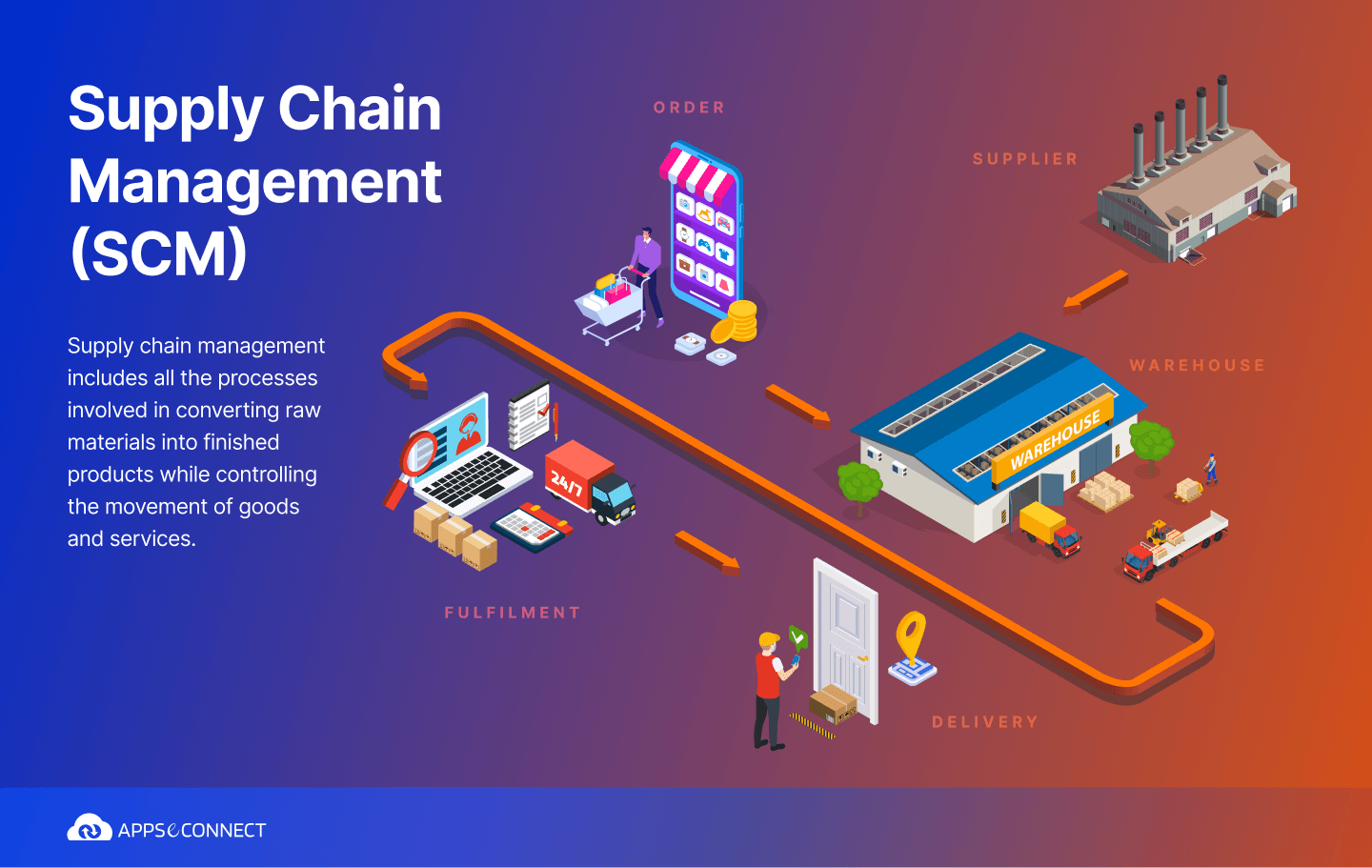
6 Reasons Why Companies Should Invest in a Robust Supply Chain
Here are the top 6 reasons why companies should think about making their supply chain more elastic and invest in a robust solution:
Control Prices via Purchase Contracts and Terms
With the implementation of an ERP system, merchants can streamline and optimize the crucial purchase-to-pay cycle, and effectively address the cost escalations in production due to factors such as raw materials unavailability e.g., semiconductor shortages. Extending the duration of purchase contracts empowers businesses to fine-tune and optimize their production costs. By leveraging this, merchants can strategically handle cost fluctuations and bolster their operational elasticity during market uncertainties. Here’s the story about the global semiconductor Chip Shortage.
Leverage Seasonal Fluctuations and Promotions
Without a proper supply chain in place, organizations can never truly take advantage of the huge orders and demands arising during the promotional or festive seasons. Black Friday, Cyber Monday, Thanksgiving, President’s Day, Labour Day, etc., are only a few examples of days that pose such an opportunity. The ability to efficiently handle demand surges during these times is crucial to fully capitalizing on those opportunities. For organizations, it is essential to execute promotional pricing across multiple channels to gather as many orders as they can, but it is equally important to strategize their logistics to meet the delivery expectations and the company’s ROI. If a compatible supply chain is not in place, the organization would lose out on a huge score of revenue even when the demands were highest for them. Read what constituted the $9.1 Billion Black Friday Sale in 2022.
Seize Opportunities like “Buy with Prime”
“Buy with Prime” is a program initiated by Amazon that promises a 25% increase in the conversion rates for online merchants. With the new “Buy with Prime” service, merchants can now simply add the widget and provoke customers to make a purchase from their store. Since many retailers operate across various channels like websites, marketplaces, social media platforms, etc., it is crucial for them to employ a system that works cohesively in a multi-channel model in order to capitalize on the “Buy with Prime” opportunity – organizations must establish a well-structured process that operates on various channels and ensures that the customers enjoy the same convenience and comfort regardless of where they shop from.
Optimize Fulfillment Costs
Maintaining a robust supply chain also helps in optimizing the fulfillment costs incurred by efficiently managing deliveries. Merchants can streamline fulfillment costs by utilizing real-time quotes from varied service providers and considering variables such as weight, destination, warehouse proximity, etc., resulting in significant savings. To achieve such optimization, organizations often employ specialized platforms like ShipStation, ProcessWeaver, ShipHero, etc., that aim to streamline the process of selecting the most cost-effective shipping solutions based on each order. It is, however, imperative to integrate these fulfillment solutions with the organization’s ERP backbone, as it plays a pivotal role in optimizing logistics for both D2C and B2B orders.
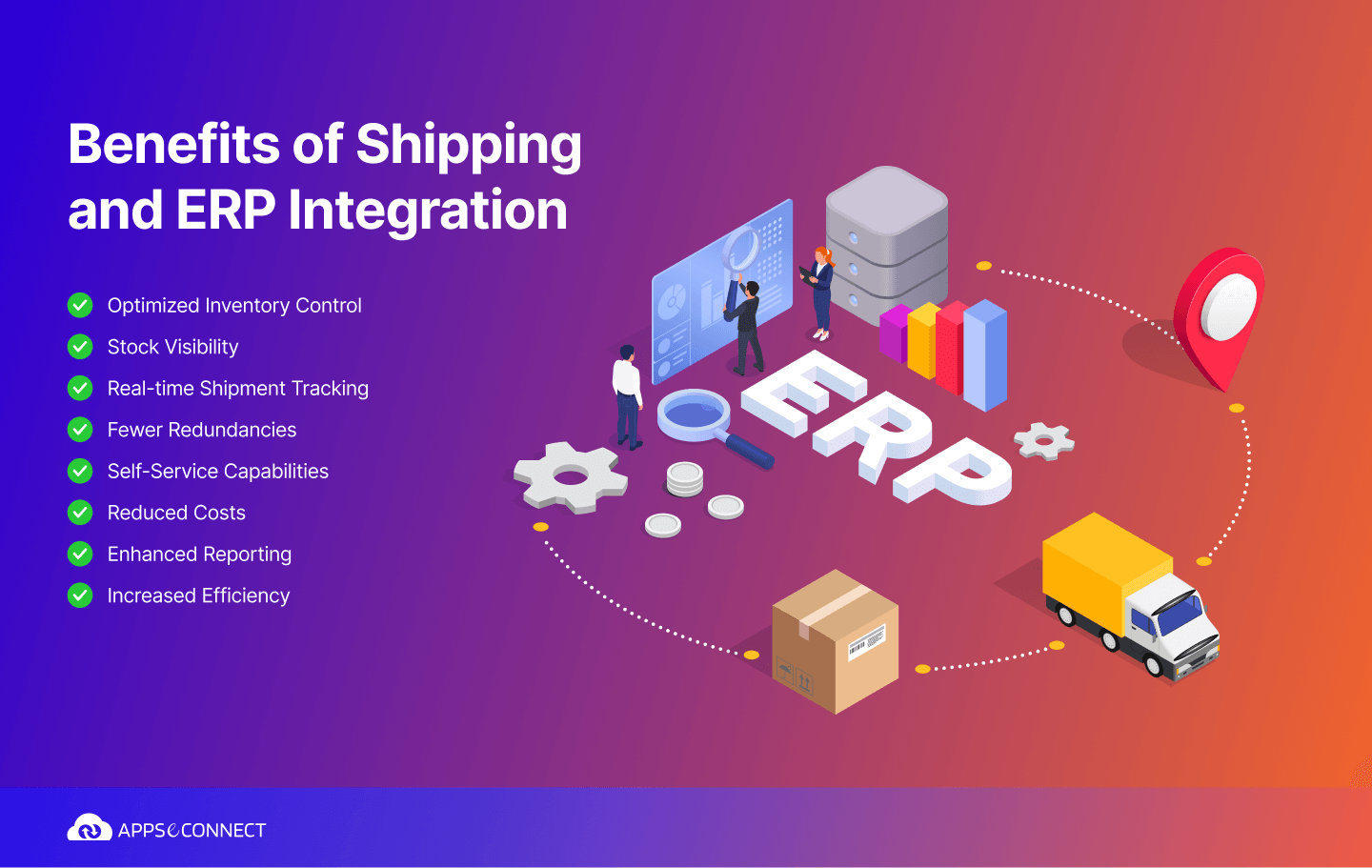
Ability to Explore New Models and Geographies with an Optimized Supply Chain
By strategizing and employing a resilient supply chain, organizations can quickly tap into new markets and geographies and explore subscription-based ordering for their products. Merchants can take advantage of fresh marketplaces such as Walmart and engage in numerous initiatives that boost their ROI since they already have a robust logistics plan in place. This serves as a cornerstone for organizational agility and growth and empowers companies to venture into new avenues, expand revenue sources and monetize upcoming opportunities.
Maintaining High Marketplace Ratings
The world is running on reviews and ratings and buyers tend to follow buyers. Maintaining high ratings in the online sector is necessary if merchants want consistent purchases to be made over time. Keeping a robust supply chain process on track is crucial to maintaining the online credibility of an organization as consistent order fulfillment is the primary motivator for gaining higher and better reviews. If the customers are satisfied with the on-time deliveries and the overall shopping experience, positive reviews for the products act as a benefactor to the entire strategy.
How to Induce Elasticity in Your Supply Chain
We all know how important it is to maintain a strategic supply chain. But now, let us explore how organizations can induce elasticity in their supply chain and infuse resilience in the order-to-cash and procure-to-pay cycles:
1. Leveraging a 3rd Party Logistics Provider
To induce elasticity in their supply chain, organizations can employ reliable 3rd Party Logistics providers and offer unparalleled delivery experiences to their customers. These 3PL solutions can help in significantly reducing the order fulfillment cycle and reach more buyers globally within a short time.
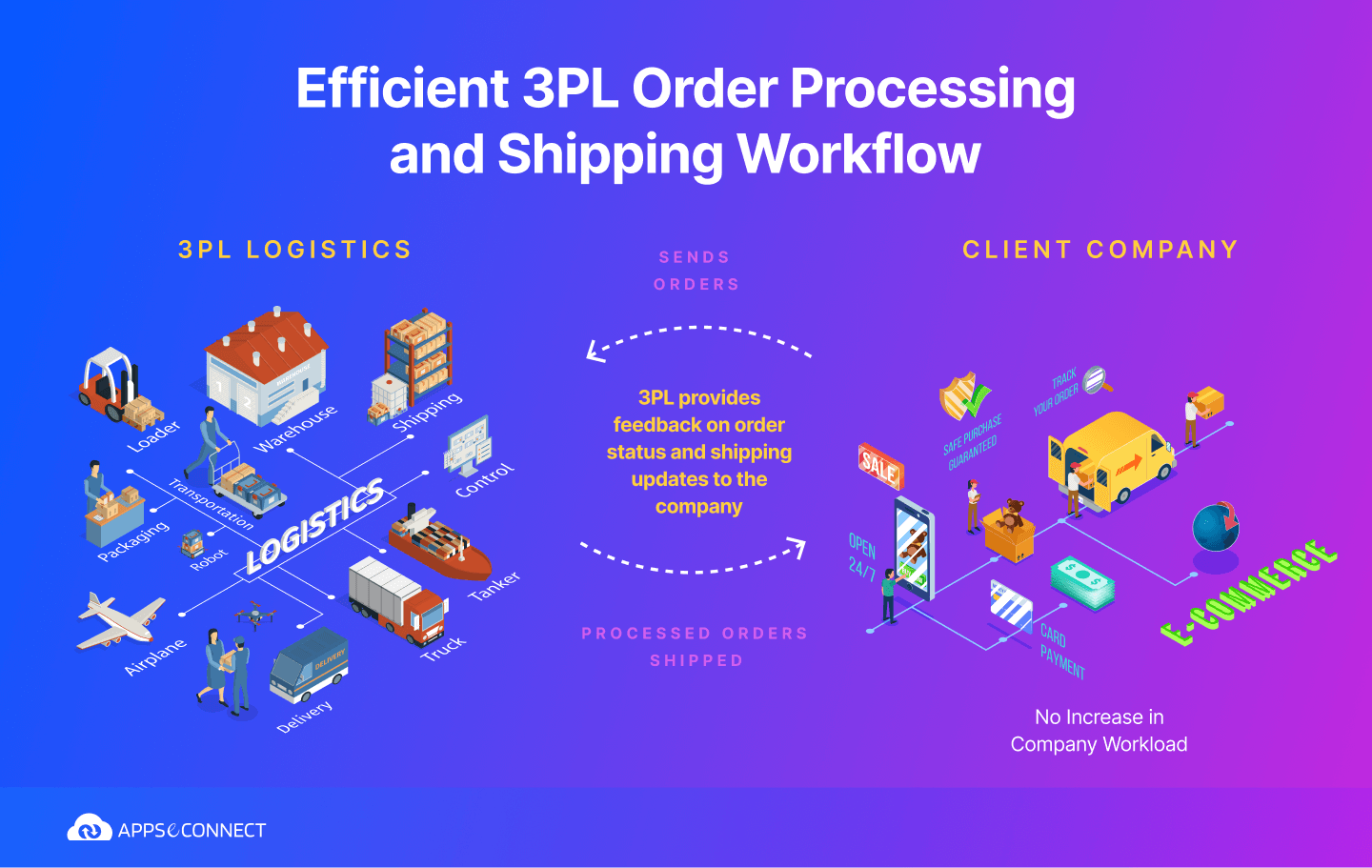
2. Optimizing Carrier Selection
It is important for retailers to keenly select their carrier options since order fulfillment represents a substantial portion of the expenses. Improving the method of selecting the most suitable carrier within the ERP can turn out to be a crucial step to achieving huge savings in the process and imbibing elasticity to the supply chain.
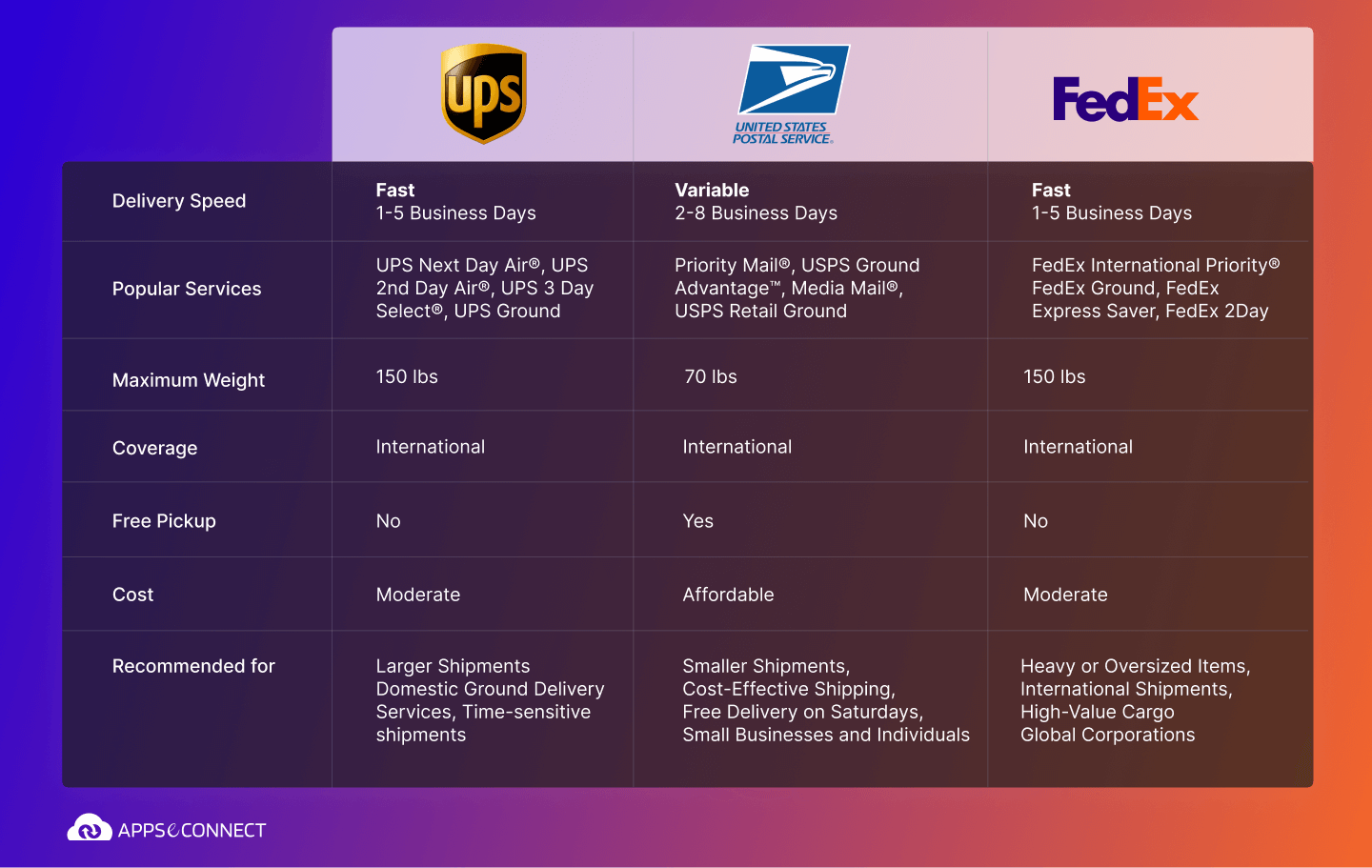
3. Ensuring robust Integration between Systems
To maintain and manage processes efficiently, seamless integration of the online store and the back-end ERP system is essential. By employing basic integrations like inventory, customers, orders, etc., organizations can witness a spike in their productivity and revenues and take the business to the next level. With an automated approach to online retail, merchants can now view all the necessary data in one place and strategize plans to target and maximize their requirements. Integration platforms like APPSeCONNECT offer pre-configured integration connectors that can help organizations automate their processes between their ERP and other applications.
The Final Words
Establishing a flexible and elastic supply chain is of prime importance to anyone who wants to succeed in the online market. Retailers, especially the ones present digitally, can skyrocket their businesses overnight if they implement the right solution. We have discussed how organizations can leverage the advantages of a robust supply chain and develop strategies to attain the utmost flexibility. We believe that by following these strategies, you can elevate the resilience of your supply chain, positioning your company for perpetual success in the dynamic business landscape.
Looking to get started with ERP integration to automate the supply chain management in your organization? Seamlessly integrate and automate your ERP with other applications under a single, intelligent, and secure Business Process Automation platform through APPSeCONNECT’s robust integration packages and achieve exponential business growth.


